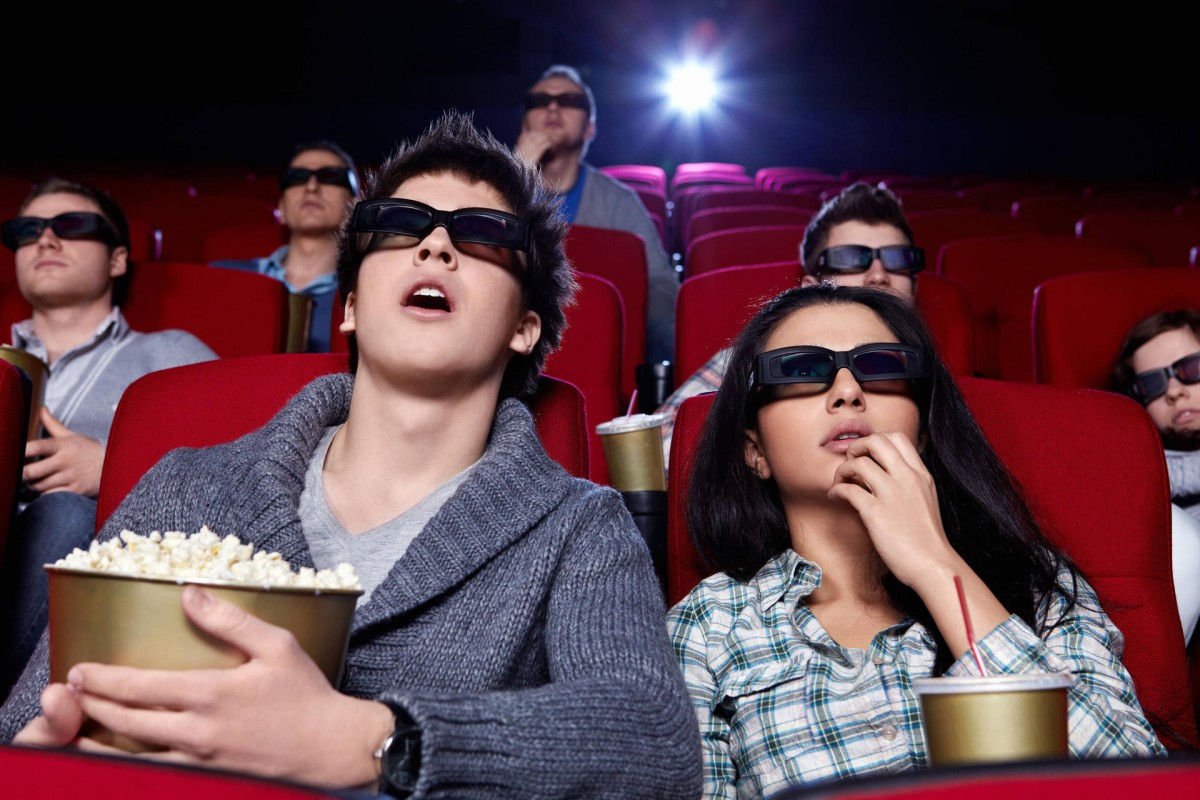
Discover & Innovate: Movies: an enjoyable trick of the eye and mind
One of the ways filmmakers play to the moods of the audience is through camera distances and angles

The word "movie" is a shortened form of the phrase "moving picture". Indeed, what we see in the cinema is essentially a projection of a sequence of pictures on the screen. The pictures are presented rapidly enough (24 frames per second is the industry standard) to fool our eyes and our minds into believing that the people on the screen are moving.
Actor and filmmaker Charlie Chaplin once said: "Life is a tragedy when seen in close-up, but a comedy in long shot." This quote interestingly mirrors the way filmmakers use camera angles to interact with (or to move) an audience.
For instance, long shots are usually used for scenes depicting joyful or enlightening moods (as in the Indian comedy-drama 3 Idiots) to maintain objectivity, whereas close-ups are more frequently used when a character is experiencing intense emotional turmoil (like Rutger Hauer in the last scene of the US sci-fi movie Blade Runner). Using close-ups, filmmakers bring the audience closer to the internal states of the character so they can more readily experience the complex feelings within a character (which is the goal of many filmmakers).
In addition, movies are more enjoyable when you watch them with others, according to psychological research. In one study, involving two groups watching the same comedy film, participants in one group were asked to view the film alone and those in the other group were asked to watch in a crowded room. The group that watched the film in the crowded room rated it much funnier and more pleasurable than the people who watched the film alone.
Movies interact with us in many aspects: perceptually, emotionally, and socially. Go and share some good ones with your friends and family when you have free time. Let your eyes be fooled and your heart be moved. Perhaps you will find something meaningful.